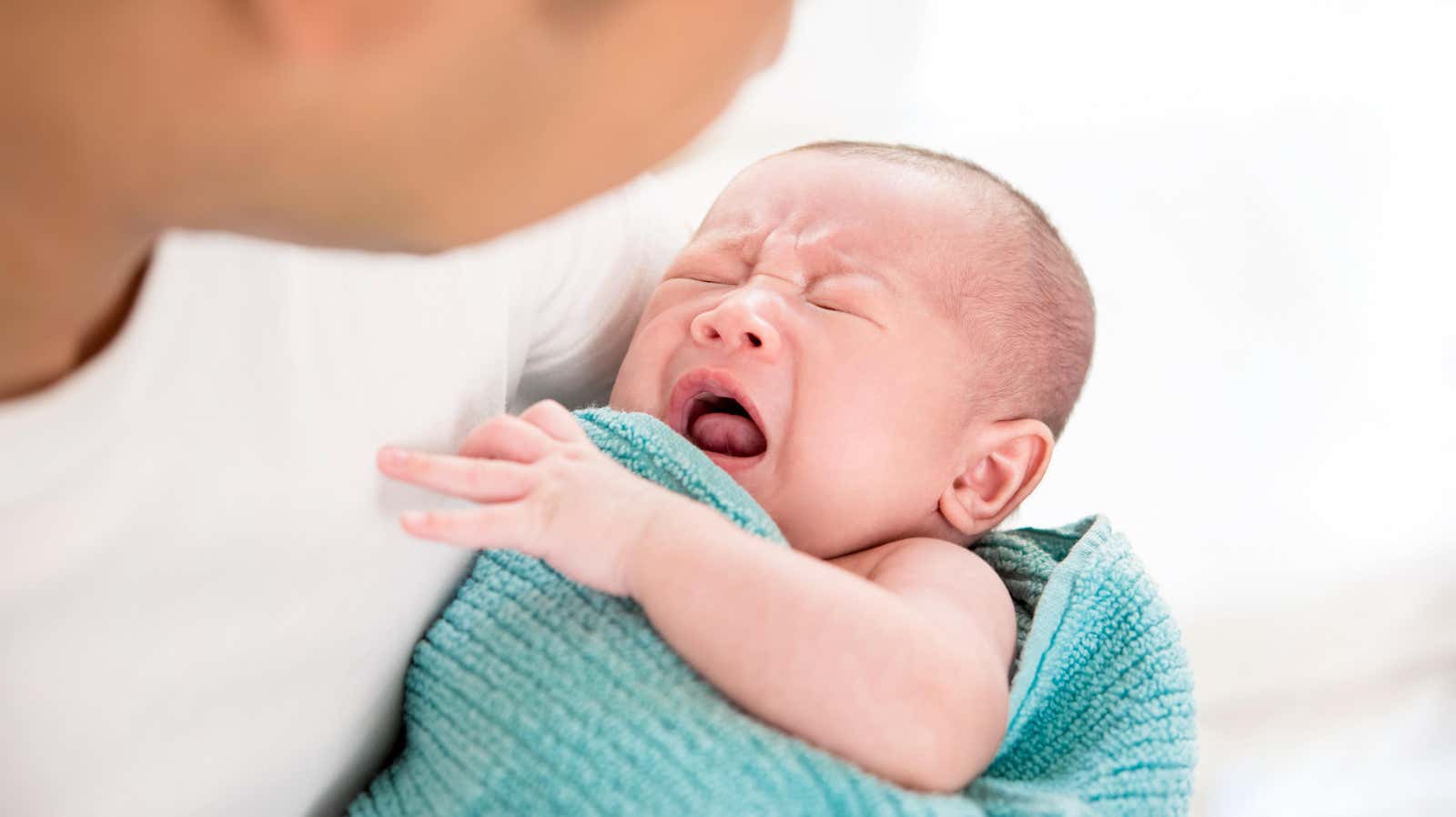What You Need to Know About RSV, a Respiratory Disease on the Rise in Children

Respiratory syncytial virus, better known as RSV, is on the rise again , to the point that healthcare workers are worried about hospitals being overwhelmed with resources. The illness can be serious in infants and the elderly, so read on to find out what you need to know.
What is RSV?
RSV is a virus that causes cold symptoms. A runny nose, cough, sneezing, and wheezing are typical symptoms, and you may notice that your child is not as interested in food.
For most adults and even most children, RSV is not a big deal. You get it, you cough and sniff a little, you get better. The American Pediatrics Association notes that most people get it at least once before the age of 2. But it is especially difficult for infants, making it one of the main reasons for hospitalization of children under the age of 1 year.
Who is at risk for severe RSV?
The CDC reports that premature babies and babies under 6 months of age are at higher risk for severe RSV. So do children with weakened immune systems, congenital heart problems, chronic lung problems, or any condition that makes breathing or swallowing difficult.
The elderly are also at increased risk . This includes people over the age of 65, as well as those with a weakened immune system or heart or lung disease.
What are the symptoms to look out for?
The American Academy of Pediatrics describes RSV as first causing a cold with mild symptoms and then sometimes progressing to a more serious bronchiolitis. Cold symptoms include fever, cough, nasal congestion, nervousness, or trouble feeding. (If your child is 3 months or younger and has a temperature above 100.4, see a doctor immediately. Infections that can cause a fever are especially dangerous in this age group.)
Bronchiolitis can include the symptoms listed above, as well as signs that your child is having trouble breathing. They may include rapid breathing, grunting, wheezing, or a chest that looks like it is buckling with every breath. Lack of oxygen can also turn the lips or other areas of the skin bluish in color. If your child has trouble breathing, seek medical attention immediately.
The AAP recommends that you see your child’s doctor if you notice any of the above signs of bronchiolitis, or if the child shows signs of dehydration, such as less than one wet diaper every eight hours, or if they are unusually lethargic.
RSV symptoms usually last five to seven days, but it’s also worth asking your doctor about illness that lasts more than seven days. (Sometimes this means that RSV started as a cold and progressed to an ear infection.)
Are there tests and treatments for RSV?
If your baby is doing well, especially if they are over 3 months old, they usually won’t be specifically tested for RSV. You will learn that they have a respiratory virus and that you need to wait it out. But if the child is very sick, hospitalization may be required. Care is usually “supportive”, which means they can receive fluids and help breathe. There is no specific treatment for RSV, but there is a test that can detect it. (Your child is likely to be tested for more than one thing—for example, it’s helpful to know if they’re dealing with RSV, the flu, or COVID, all of which have specific tests available to doctors.)
There is (yet) no vaccine for RSV. If your child is immunocompromised, there is an antibody treatment called palivizumab that can reduce the risk of contracting the disease. (If your child is a candidate for this, your doctor will probably mention it.)
How to prevent RSV
None of this will come as a surprise, but a way to reduce your chances of getting RSV (or your child’s chances, or your elderly relative’s chances) are common ways to prevent illnesses like the common cold:
- Wash your hands and don’t touch your face with unwashed hands
- Do not have close contact with sick people
- Cover your coughs and sneezes
- clean surfaces
COVID precautions also work well against RSV, including wearing masks. But RSV is more likely than COVID to get on hands or surfaces, which is why they receive special attention when it comes to prevention.